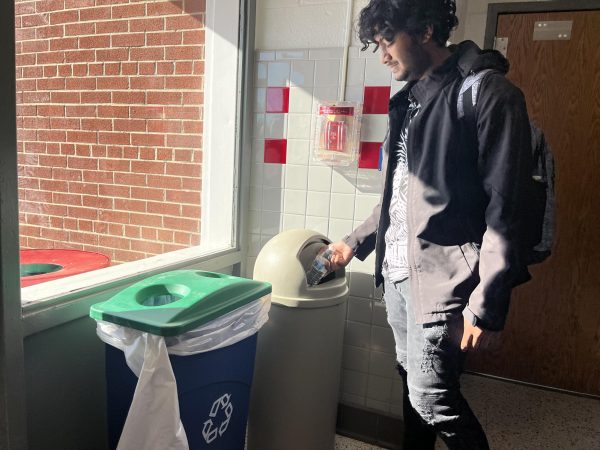Food deserts contribute to obesity rates
In the United States, 20 to 30 percent of adults are obese, one in every five women are obese when pregnant and one in three children are overweight.
Globally, obesity has become a pressing issue that can no longer be ignored. The health of both the current and future generations are in danger.
A recent study published by the medical journal Pediatrics shows that children with obese parents may be at higher risk for developmental delays such as difficulty in using smaller muscles, failure in personal-social activities and a lag in motor skills.
Yes, unhealthy habits in eating and exercise are definitely a main reason for the increase rate in obesity around the globe, however, underneath the surface of what many call the “obesity epidemic” lies an example of economic inequality or more commonly known as the gap between the rich and the poor.
Families and citizens that are considered in the low socioeconomic group are at more risk to obesity due to limits in options in diet and physical activity. Poorer communities often preside in living conditions that do not give children the necessary resources to thrive healthily.
Lower-income families are restricted in their food choices due to budget strains. With income that would need to be stretched for as long as possible, many families have no other alternative than to purchase processed or sugary foods that are cheaper and have a longer shelf-life.
Others at times forgo home-cooked meals and opt for dinners out at fast food restaurants. It’s upsetting that purchasing an entire meal fromof McDonald’s Dollar Menu is cheaper than buying groceries.
Also, impoverished neighborhoods often do not even have supermarkets where fresh produce can be bought. The nearest grocery store might be miles away and in times of inclement weather, it can be physically impossible to go out and purchase food.
These pockets of area and food deserts where residents are simply not even given the chance to decide their own food choices should present attention to local legislation and needs immediate change.
In other communities, playgrounds and public gyms aren’t available. Parents also might encourage children to stay safely indoors which only leads to the rise in sedentary activities such as playing video games or watching TV.
For younger kids and teenagers, schools should step up and provide nutritious meals for their students as well as frequent physical activities.
In order for America to continue thriving, we need to ensure that the future generation is well. This means giving everybody a shot at a stronger and healthier life.

Senior Binqi Chen is the current Co Editor-in-Chief of The A-Blast. She has been on staff for four years and previously served as the In-Depth Editor as...















